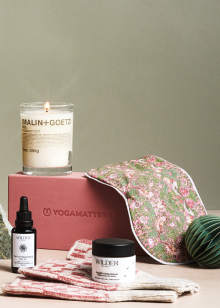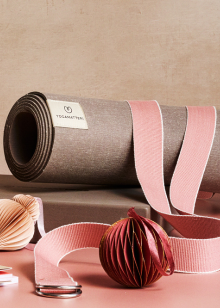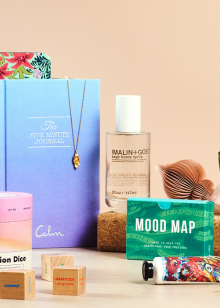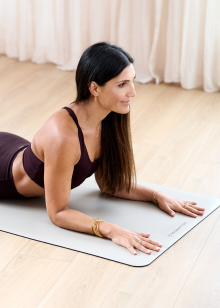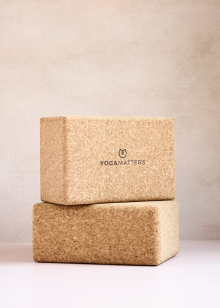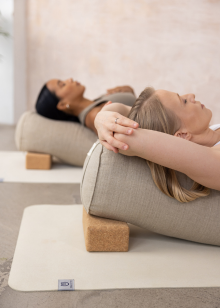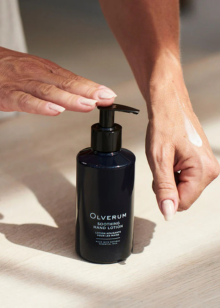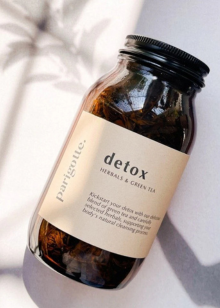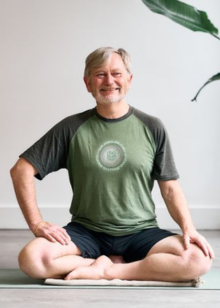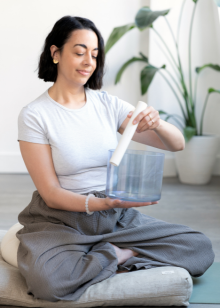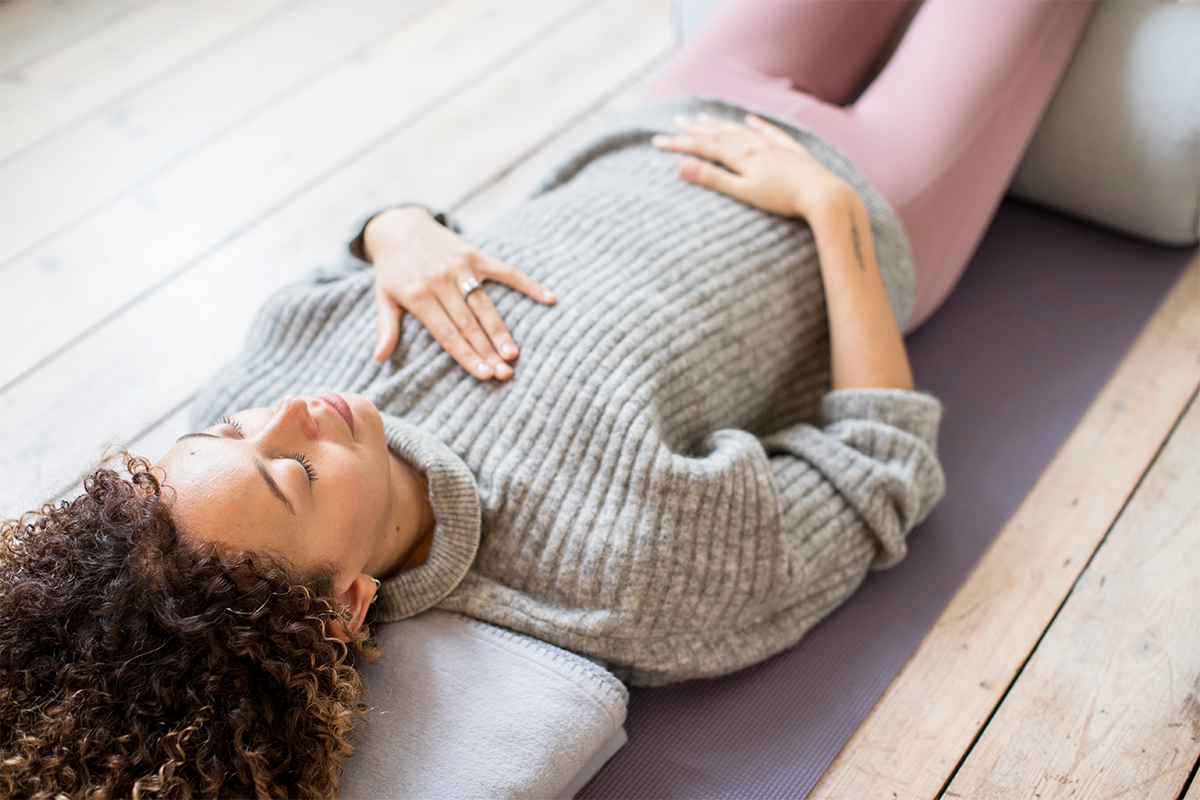Did you know there’s more to your menstrual cycle than just the 3-7 days of your period and the week beforehand when you might be experiencing PMS symptoms?
There are four phases to the menstrual cycle: menstrual, follicular, ovulatory and luteal. Each plays a special role in the menstrual cycle, with each phase being affected and having an effect on hormones, moods, energy levels, food metabolism, skin, libido and much more.
How much do you know about your menstrual cycle? This isn’t a trick question! In my work with my clients and the many conversations I have everyday, I see that many don’t know what’s happening with their bodies all throughout their menstrual cycle. Generally speaking, it seems that we don’t learn about our bodies until something goes wrong. And that’s not right, is it?
Let’s dive into each phase and by the end of the article, I hope you’ll have a better understanding of what’s happening for you during each phase of your menstrual cycle.
Menstrual Phase
This starts on day 1 of our periods and will ideally last between 3 – 7 days. We’re shedding the lining of the womb during this time, so our energy and key sex hormones, oestrogen and progesterone, will be at their lowest points. During menstruation or the winter of our menstrual cycle, your body might be calling you towards slowness: staying close to home, going to bed early, taking naps and generally turning inward.
You might want to include more hip-opening, restorative poses in your practice and ease off from more energetic practices such as power yoga or strong vinyasa flow. Poses such as malasana, baddha konasana and supta baddha konasana are wonderful alongside a calm yogic breath to support blood flow around the uterus and balance the nervous system.
Follicular Phase
After menstruation ends, we move into the follicular phase or the spring of our menstrual cycle. Oestrogen levels start rising again, along with our energy levels, so we may feel a shift in our mood, perhaps feeling more creative and open to new opportunities. This is the best time in our menstrual cycle to start something new, whether it’s a habit or a new pose or yoga practice.
We also experience a rise in testosterone levels, which is helpful for strength building practices and poses. If you are working on your inversion practice, this is a great time to spend more time on these poses.
Ovulation
Although this is just one day in our menstrual cycles, this is the peak that our bodies build up to. In the summer of our menstrual cycles, our featuredenergy will be at its highest point, our skin and hair are at their most vibrant and we typically feel our best. We will release a mature egg from one of our ovaries in preparation for fertilisation.
This is one of the best times in our menstrual cycle for a strong yoga practice so take advantage of this peak in energy in a way that works for you.
Luteal Phase
We can actually split the autumn of our menstrual cycle into two parts: early and late luteal. In the early luteal phase, progesterone is high and there is a second, smaller peak of oestrogen, which means that energy levels are still strong. We may feel calmer and more settled due to the relaxing effect of progesterone on our brains. If the mature egg isn’t fertilised, progesterone and oestrogen both drop, as our bodies prepare for the start of the menstrual cycle. Some of us may experience symptoms such as tiredness, anxiety, low moods, breast tenderness, bloating, cramps and cravings in the late luteal phase.
During early luteal phase, you may decide that you want to continue your stronger practice, however as you go into the late luteal phase, listen to your body and give it what it needs. You may find yourself called towards a slower, intentional, more embodied practice. Don’t push through. Listen to your body’s energetic whispers and give it what it needs.
Learn more about Le’Nise and here work by visiting here website here or following her on Instagram.
